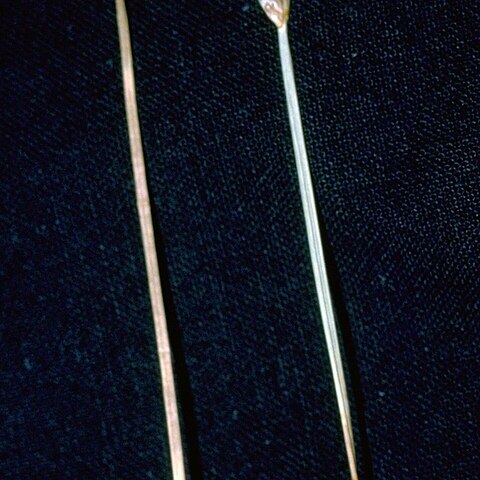Cespitose perennial; stems (2–)4–10+ dm, ± flattened at least distally and 1–2 mm wide, generally some much elongate, recurved to the ground, and rooting; spikelet fusiform, (5–)8–13 mm, with (5–)10–20(–25) fls; scales equaling or surpassing the achene, firm, ovate, obtuse or the upper acute, scarious-margined, the lowest one empty; bristles ca equal to achene, retrorse-serrate; style trifid; achene light greenish to brown, rounded-trigonous to planoconvex, smooth or slightly cellular-roughened, 1.9–2.8 mm including the prominent, pale tubercle, this up to 0.75 mm and confluent with the body. Saline or calcareous swamps and marshes along the coast from N.S. to Fla. and locally inland to Ill., Mich., Wis., and Minn.; widespread in w. U.S. and trop. Amer.


